a re-post:
from: http://www.energeticforum.com/psychi...ntenna-34.html
Was just thinking about the word Sidonia as in
http://en.wikipedia.org/wiki/Cydonia_(region_of_Mars)
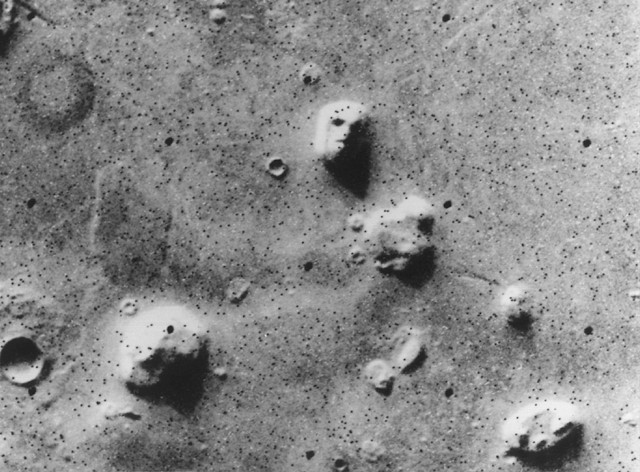
Here is a Town of great interest:
Medina-Sidonia - Wikipedia, the free encyclopedia

TURISMO SOSTENIBLE EN LOS ALCORNOCALES
Castle of Torrestrella
Astarte was connected with fertility, sexuality, and war. Her symbols were the lion, the horse, the sphinx, the dove, and a star within a circle indicating the planet Venus. .



Bandera de Medina / Medina Flag

Escudo Medina / Seal note the Black Star (same as the one found in Winnipeg Canada see doc )

 (Lancelot anyone
(Lancelot anyone  )
)
The Cydonia region of Mars (see Figure 1) is located at 41° north latitude, 10° west longitude on the red planet. and was surveyed by the Viking Satellite
HM 6
from: http://www.energeticforum.com/psychi...ntenna-34.html
Was just thinking about the word Sidonia as in
http://en.wikipedia.org/wiki/Cydonia_(region_of_Mars)

Cydonia is a region on the planet Mars, and has attracted both scientific[1] and popular interest.[2][3] The name originally referred to the albedo feature (distinctively coloured area) that was visible from Earthbound telescopes. The area borders plains of Acidalia Planitia and the Arabia Terra highlands.[4]
The area includes the Mars regions: "Cydonia Mensae", an area of flat-topped mesa-like features, "Cydonia Colles", a region of small hills or knobs, and "Cydonia Labyrinthus", a complex of intersecting valleys.[5][6] As with other albedo features on Mars, the name Cydonia was drawn from classical antiquity, in this case from Kydonia, a historic polis (or "city-state") on the island of Crete.[7]
Cydonia contains the "face on Mars" feature — located about half-way between Arandas Crater and Bamberg Crater[4] The ESA "skull" formation is a few kilometres south of the "face".[4]
The area includes the Mars regions: "Cydonia Mensae", an area of flat-topped mesa-like features, "Cydonia Colles", a region of small hills or knobs, and "Cydonia Labyrinthus", a complex of intersecting valleys.[5][6] As with other albedo features on Mars, the name Cydonia was drawn from classical antiquity, in this case from Kydonia, a historic polis (or "city-state") on the island of Crete.[7]
Cydonia contains the "face on Mars" feature — located about half-way between Arandas Crater and Bamberg Crater[4] The ESA "skull" formation is a few kilometres south of the "face".[4]
Medina-Sidonia - Wikipedia, the free encyclopedia
Medina-Sidonia is a city and municipality in the province of Cádiz in the autonomous community of Andalusia, southern Spain. It is considered by some to be the oldest city in Europe, used as a military defense location due to its elevated location. Locals are known as Asidonenses. The city's name comes from Medina (Arabic for city) and Sidonia (of Sidon), meaning "City of Sidon".
Medina-Sidonia was one of Spain's most important ducal seats in the 15th century; producing an admiral, Alonso Pérez de Guzmán, 7th Duke of Medina Sidonia, who led the Spanish Armada against England in 1588. The title of Duque de Medina Sidonia was bestowed upon the family of Guzmán El Bueno for his valiant role in taking the town. The line continues and was led until March 2008 by the controversial socialist, Luisa Isabel Álvarez de Toledo, 20th Duchess of Medina Sidonia (born 1936).
Medina-Sidonia was one of Spain's most important ducal seats in the 15th century; producing an admiral, Alonso Pérez de Guzmán, 7th Duke of Medina Sidonia, who led the Spanish Armada against England in 1588. The title of Duque de Medina Sidonia was bestowed upon the family of Guzmán El Bueno for his valiant role in taking the town. The line continues and was led until March 2008 by the controversial socialist, Luisa Isabel Álvarez de Toledo, 20th Duchess of Medina Sidonia (born 1936).

TURISMO SOSTENIBLE EN LOS ALCORNOCALES
Amongst its innumerable monuments, of note are: the Roman Archaeological Complex (Sewers and Road), the Visigoth Hermitage of Los Santos, the Town Hall (XVII c.), the Market Square (XIXc.); its churches and convents, such as the gothic-renaissance style “Iglesia Mayor” (High Church) and the Monastery of San José del Cuervo; the Walls and Doors of the Muslim town; the ruins of the Castle and Old Town; and the Torrestrella Castle, amongst many others dispersed throughout its vast district.
Considered to be one of the most beautiful villages in Spain, Medina Sidonia is also a paradise of tranquility, where you can escape from the world and come into complete contact with nature, between both the Cádiz countryside and the Alcornocales Natural Park.
Considered to be one of the most beautiful villages in Spain, Medina Sidonia is also a paradise of tranquility, where you can escape from the world and come into complete contact with nature, between both the Cádiz countryside and the Alcornocales Natural Park.
Puerta del Sol (Door of the Sun) / : Puma Punku has also a gateway of the sun
It is one of the oldest doors in the town. Its name is due to the fact that it faces the same direction as the rays of sunshine at dawn. It is located behind that which, in its time, was the Ducal Palace of the Medina Sidonia.
It is one of the oldest doors in the town. Its name is due to the fact that it faces the same direction as the rays of sunshine at dawn. It is located behind that which, in its time, was the Ducal Palace of the Medina Sidonia.
Ruins of an Arabic castle, it was called Medina Sidonia up to the creation of the Santa María Military Order of Spain. At this point it was donated to the latter with the name of Estrella (Star) (aka Astarte / Ishtar ).
Church of Santa María la Mayor (Church of Santa Maria Superior)
Church of Santa Maria Superior, the Crowned, belongs to the gothic-renaissance period of the XVI century. Most noteworthy are its altarpiece, from the Baroque, and the engraving of the Christ of Forgiveness by Pedro Roldán.
It was declared a Historical Artistic Monument in June of 1931.
Church of Santa Maria Superior, the Crowned, belongs to the gothic-renaissance period of the XVI century. Most noteworthy are its altarpiece, from the Baroque, and the engraving of the Christ of Forgiveness by Pedro Roldán.
It was declared a Historical Artistic Monument in June of 1931.
Carmelite Monastery of San José del Cuervo
It is a building of great dimensions, located right in the Alcornocales Natural Park, in Sierra Blanquilla, and it is surrounded by cliffs and cork oak groves, which lends it great beauty.
It is a building of great dimensions, located right in the Alcornocales Natural Park, in Sierra Blanquilla, and it is surrounded by cliffs and cork oak groves, which lends it great beauty.



Bandera de Medina / Medina Flag

Escudo Medina / Seal note the Black Star (same as the one found in Winnipeg Canada see doc )
 (Lancelot anyone
(Lancelot anyone  )
)
Lancelot (father of Galahad )[5] is the son of King Ban of Benwick (or Benoic) and Elaine.[6] While Lancelot is an infant, his father is driven from his kingdom, seen in Britain, by his enemy Claudas de la Deserte.[7] Ban and Elaine flee, carrying the child with them. As Elaine is tending to her wounded husband, Lancelot is carried off by the Lady of the Lake who raises the child in her magical kingdom. It is from this upbringing that Lancelot earns the surname, du lac
HM 6





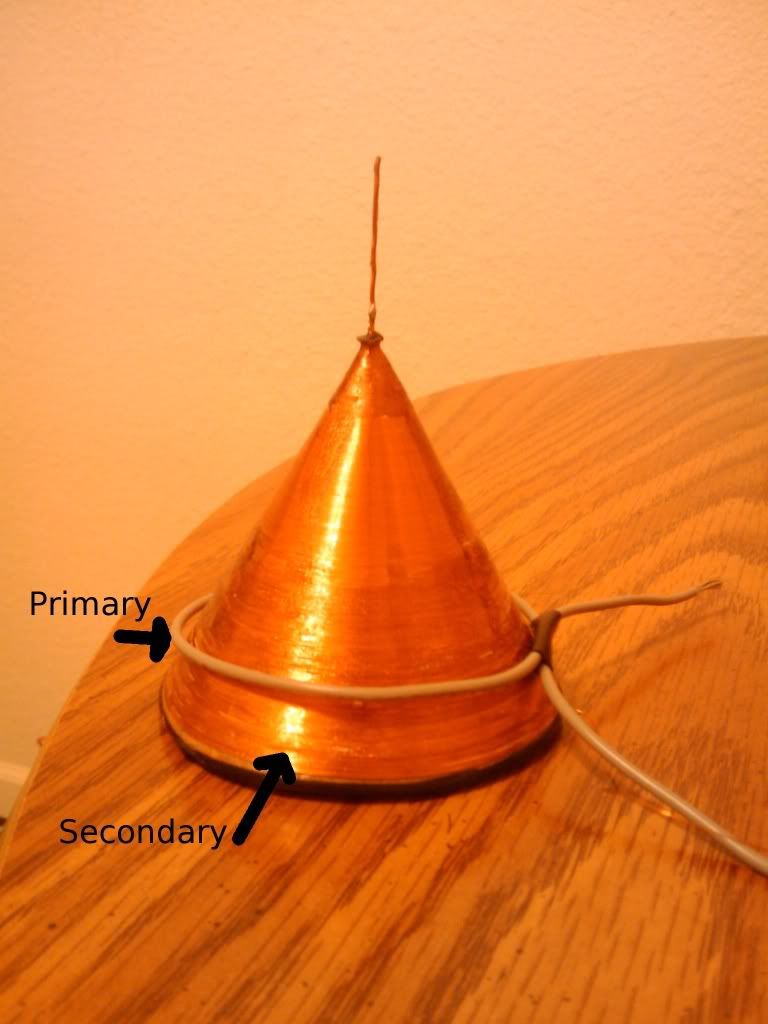






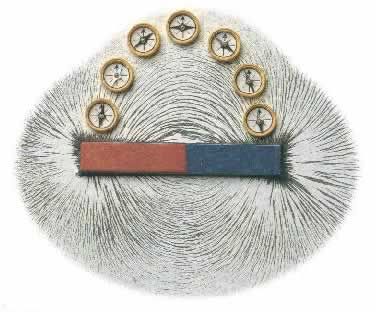
 ]'Prana
]'Prana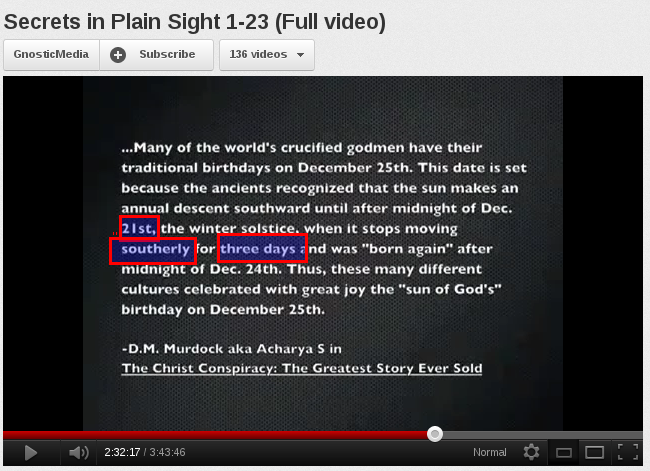
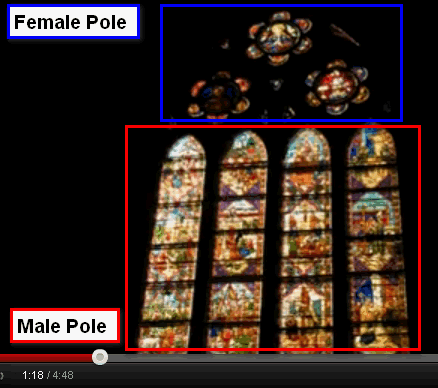

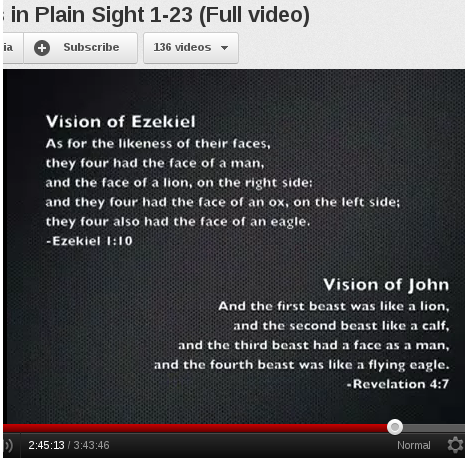

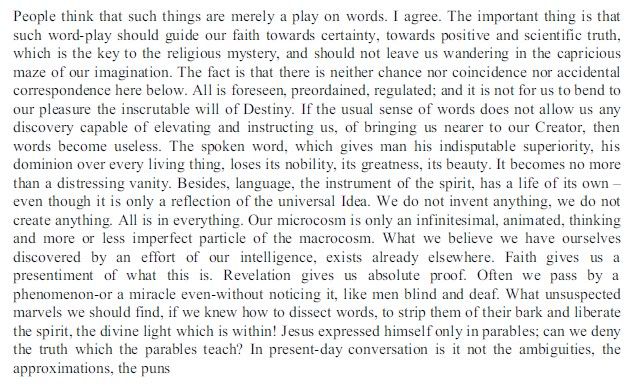



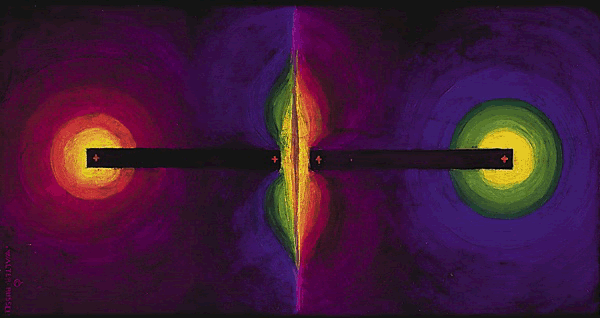
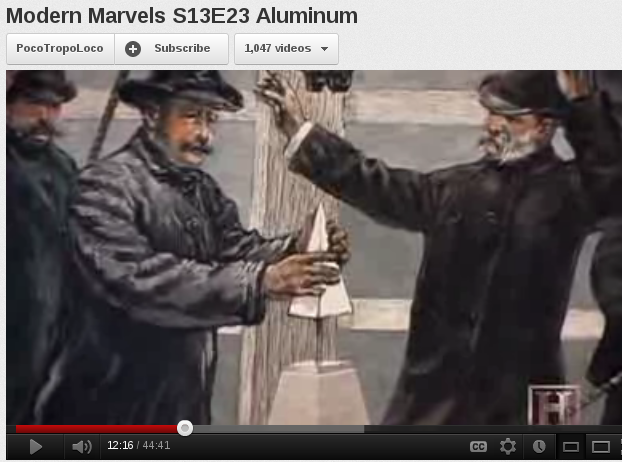
Comment